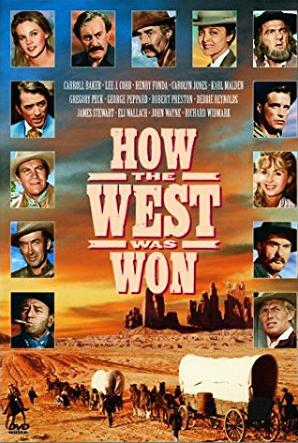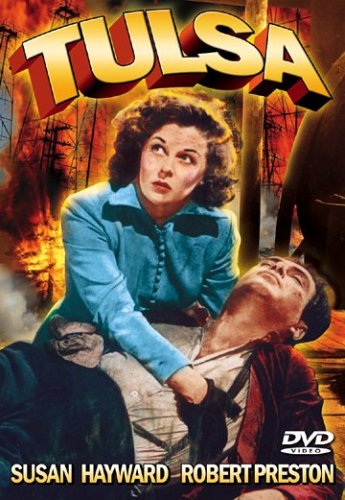Welcome to Retro Television Reviews, a feature where we review some of our favorite and least favorite shows of the past! On Saturdays, Lisa will be reviewing The American Short Story, which ran semi-regularly on PBS in 1974 to 1981. The entire show can be purchased on Prime and found on YouTube and Tubi.
This week, we have an adaptation of a Mark Twain novella.
Episode #12: The Man That Corrupted Hadleyburg
(Dir by Ralph Rosenblum, originally aired in 1980)
In this loose adaptation of one of Mark Twain’s darkest novellas, Robert Preston stars as The Stranger. When we first meet The Stranger, he’s looking down on the small town of Hadleyburg and it’s hard not to notice that he looks a lot like Mark Twain. The Stranger explains that the people of Hadleyburg consider themselves to be honest and free of sin. The town’s motto is “Lead us not into temptation!” The Stranger has a plan to test them.
Riding into town, the Stranger stops at the home of Edward and Mary Richards (Tom Aldredge and Frances Sternhagen). The Stranger gives them a sack that he claims is filled with $40,000 worth of gold bars. The Stranger says that he was once a poor man and someone in Hadleyburg gave him $20 and some meaningful advice. Now that’s he rich, he wants to pay back the person who helped him. The Stranger explains that there is an envelope inside the sack. In the envelope, the Stranger has written out the advice he was given by his benefactor. The Stranger’s instruction is for the man who helped him to write out that advice and give it to Rev. Burgess (Fred Gwynne), who recently lost his church when the citizens of Hadleyburg tired of him calling them out for their hypocrisies. The honest man who remembers the advice he gave the Stranger will be very rich as a result. The Stranger then leaves.
News of the sack and the gold travels throughout town and eventually the rest of the nation. The most powerful families in Hadleyburg, including the Richards family, receive a letter telling them that the advice given to the stranger was “You are far from being a bad man, go and reform.” Burgess is soon swamped by notes, all featuring that same phrase. At the town meeting, Burgess reads each note, revealing that everyone wrote down the same phrase and that none of the town leaders is as honest as they claim.
The Man That Corrupted Hadleyburg is one of Twain’s most stinging satires, featuring an ending that is surprisingly dark. This adaptation takes a much lighter approach to the material, altering Twain’s ending to something much more gentle and friendly. Unfortunately, changing the ending causes the adaptation to lack the bite of the original short story. Twain’s portrayal of greed and guilt instead becomes a mild story about a quirky town that learns a lesson. It’s well-acted, especially by Fred Gwynne, but this adaptation doesn’t honor Twain’s intentions. It just doesn’t add up to much.



